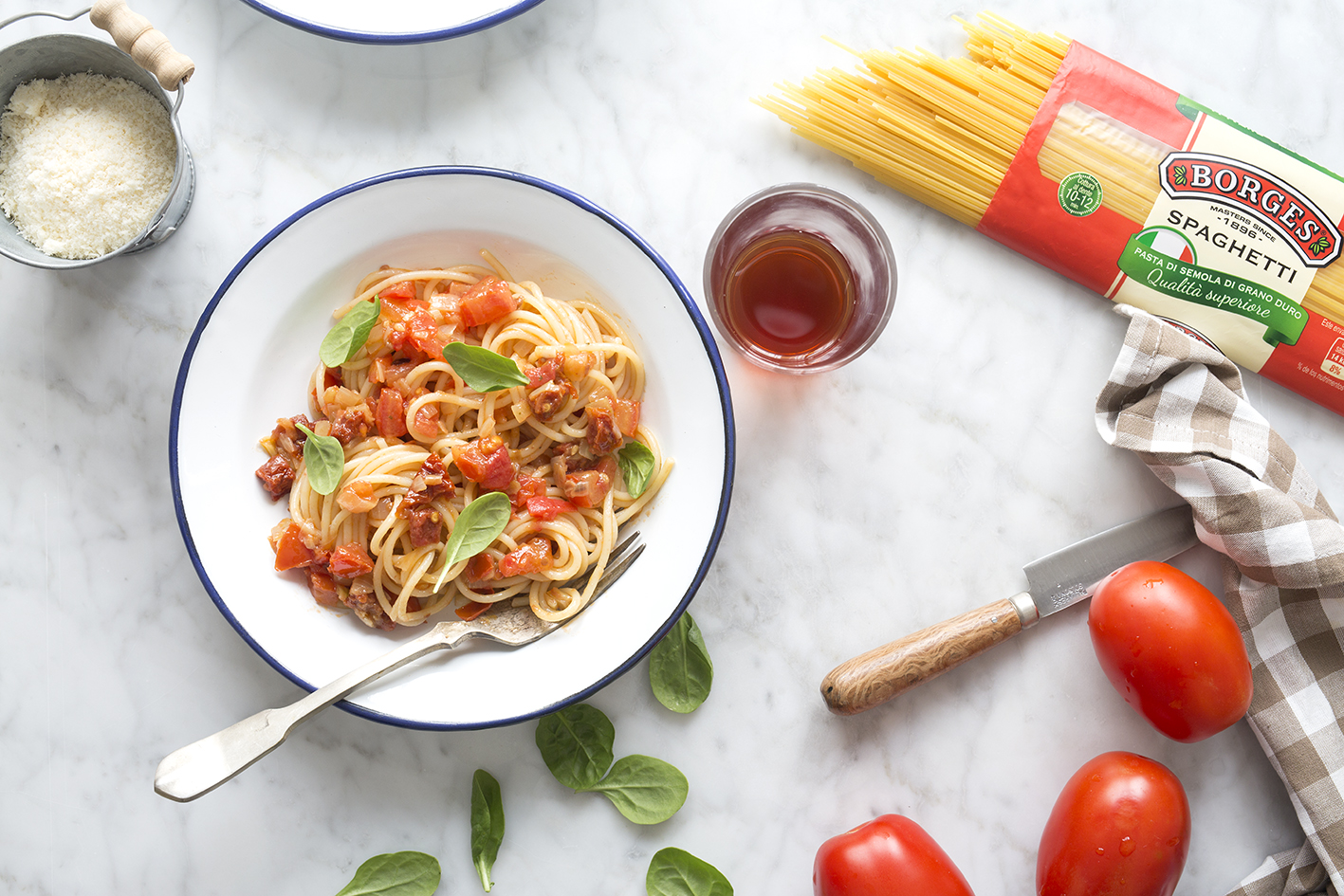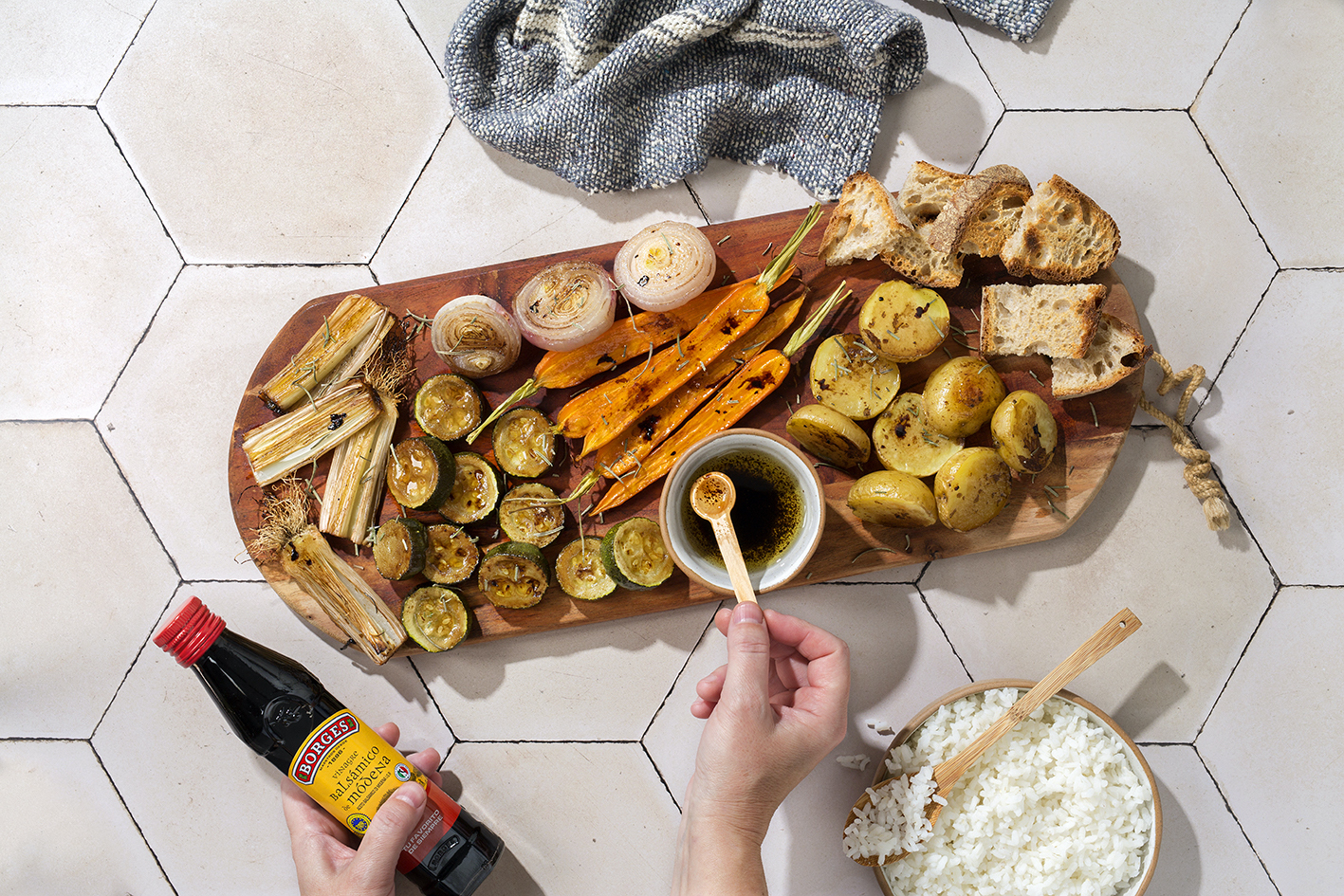Watch out! They’re everywhere… Fusilli and spaghetti lying in wait on every corner, trying to pull a fast one on you. That’s right, we’re talking poor-quality pasta, which can pop up anywhere, even where you’d least expect it. Worst of all, it often manages to hoodwink us. Being able to distinguish between good- and poor-quality pasta is key if you want to create spectacular dishes. Pasta is at the heart of many recipes and the final result depends on the quality of your ingredients. So how can you unmask lousy penne and fusilli and go home with the decent stuff? Here are some hints:
Start by completing the sentence: Good-quality pasta…
… remains compact and elastic for hours after it’s been cooked. It stays al dente for a good while without going soft or drying out.
… doesn’t form a floury layer once cooked, whereas lesser-quality pastas usually do.
… looks porous, which lets it absorb water uniformly, the key to an al dente finish.
… leaves very little residue in the water it was cooked in, as it doesn’t release starch in the process: the water should be almost completely clear.
… cooks uniformly.
… has a uniform thickness.


